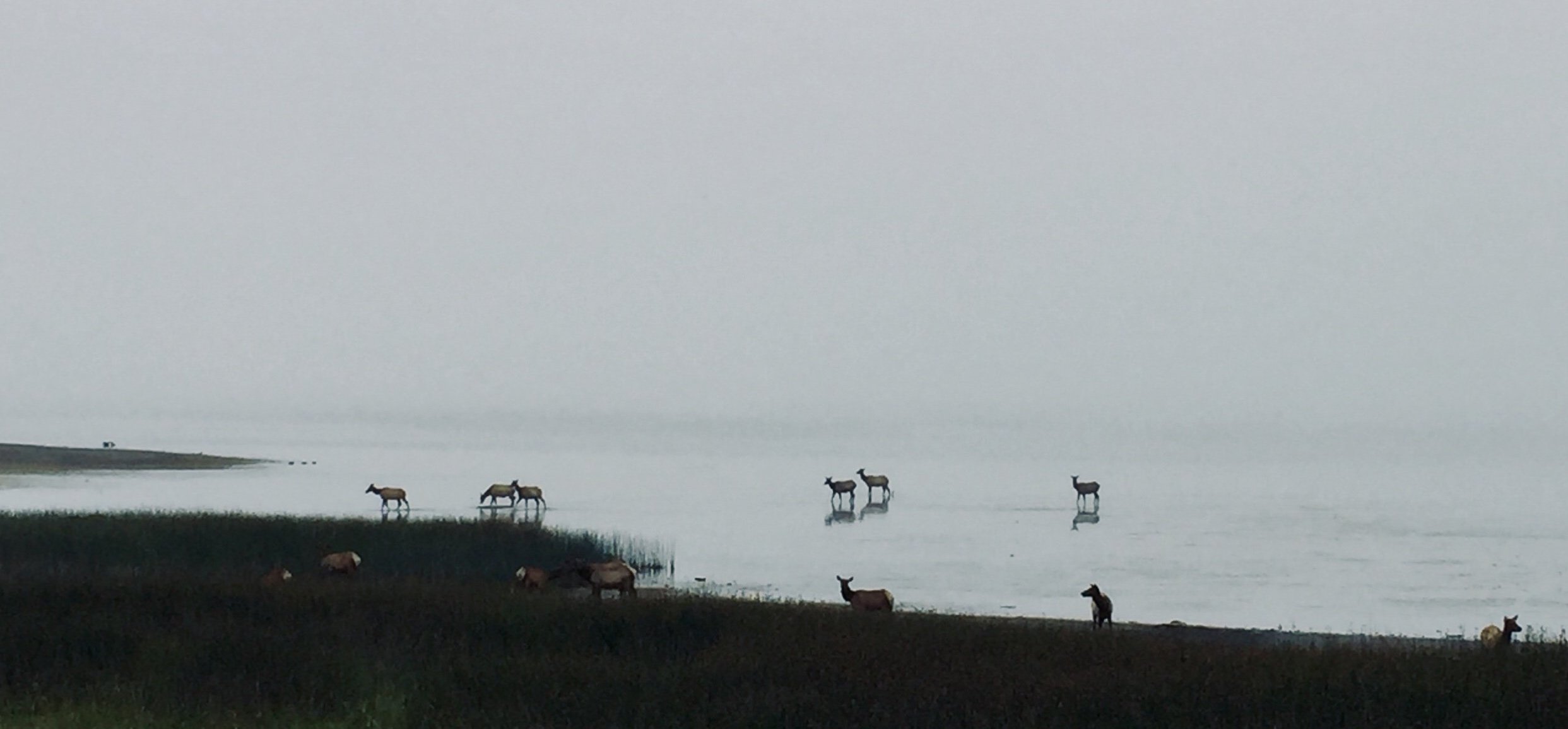Maya Deren
This file is licensed under the Creative Commons Attribution-Share Alike 4.0 International license.
1917 - 1961
Maya Deren (born Eleonora Derenkowska, May 12 [O.S. April 29] 1917[1][2] – October 13, 1961) was a Ukrainian-born American experimental filmmaker and important promoter of the avant-garde in the 1940s and 1950s. Deren was also a choreographer, dancer, film theorist, poet, lecturer, writer, and photographer.
The function of film, Deren believed, was to create an experience.[3] She combined her expertise in dance and choreography, ethnography, the African spirit religion of Haitian Vodou, symbolist poetry and gestalt psychology (student of Kurt Koffka) in a series of perceptual, black-and-white short films. Using editing, multiple exposures, jump-cutting, superimposition, slow-motion, and other camera techniques to her advantage, Deren abandoned established notions of physical space and time, in carefully planned films with specific conceptual aims.[4][5]
Meshes of the Afternoon (1943), her collaboration with Alexander Hammid, has been one of the most influential experimental films in American cinema history. She went on to make several films of her own, including At Land (1944), A Study in Choreography for Camera (1945), and Ritual in Transfigured Time (1946), writing, producing, directing, editing, and photographing them with help from only one other person, Hella Heyman, her camerawoman.
Deren died in 1961, at the age of 44, from a brain hemorrhage brought on by extreme malnutrition. Her condition may have also been weakened by her long-term dependence on amphetamines and sleeping pills prescribed by Max Jacobson, a doctor and member of the arts scene, notorious for his liberal prescription of drugs,[9] who later became famous as one of President John F. Kennedy's physicians.
Her ashes were scattered in Japan at Mount Fuji.
Become A Donor Or Advertiser



